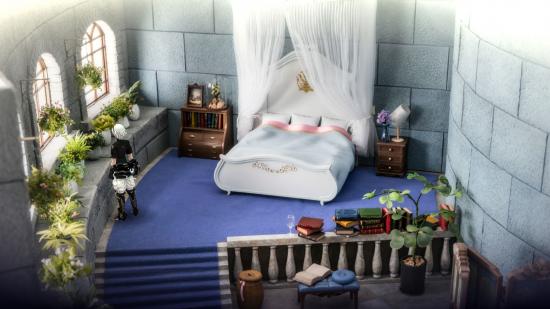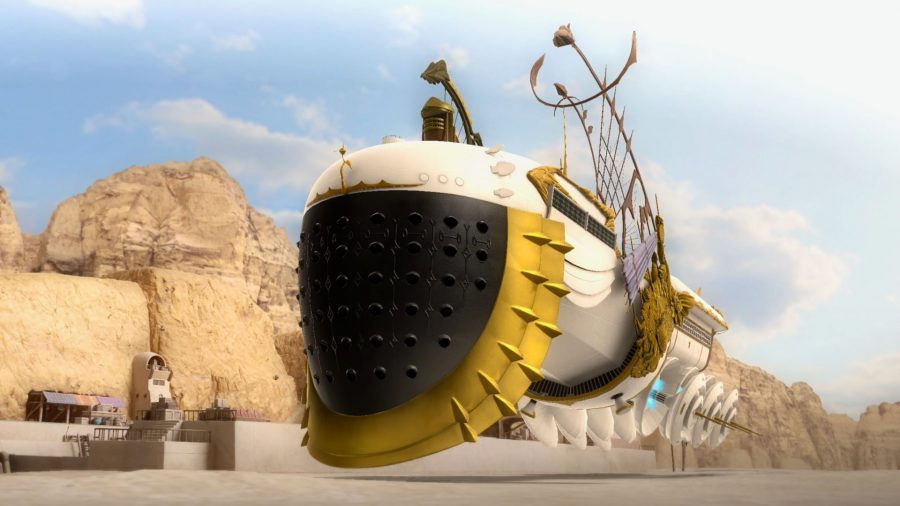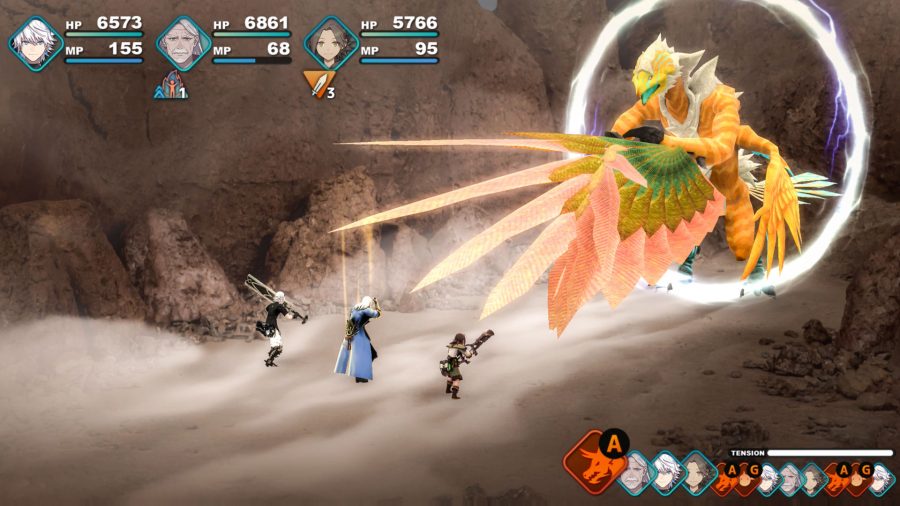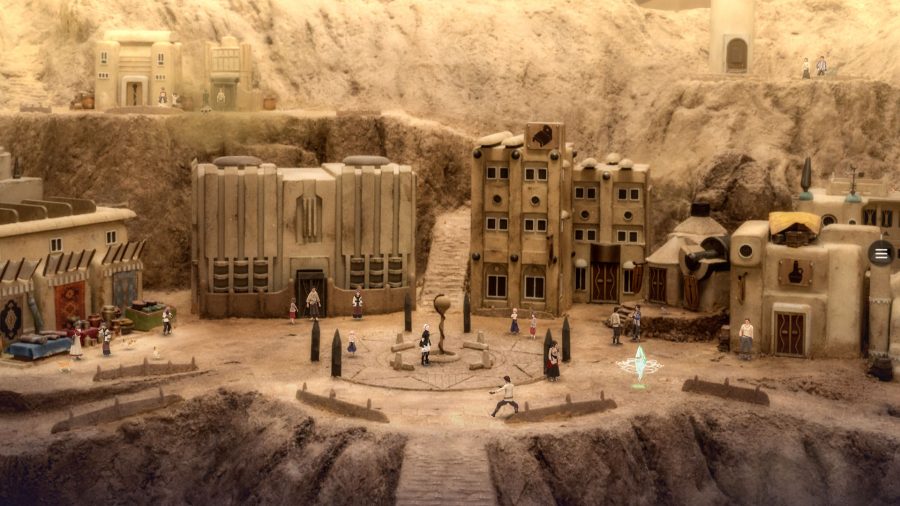Our Verdict
A brilliant Apple Arcade exclusive with a killer battle system, let down by hit-and-miss visuals and a slightly naff plot.
Apple Arcade has just received arguably its highest-profile release since launch: Fantasian. It’s the perfect storm, really. It’s by Mistwalker (Lost Odyssey, Blue Dragon), helmed by Hironobu Sakaguchi, famed creator of Final Fantasy, and – perhaps most importantly of all – it’s a genuine Apple Arcade exclusive.
Aside from the increasingly baffling negativity that swirls around anything related to mobile gaming, this is likely Apple Arcade’s biggest struggle so far. Its exclusives come in two forms: genuine and mobile. It’s no secret that the platform has had a number of mega-hits so far, but you might not even have noticed as the heavy hitters have moved on to find success on other consoles and PC, which aren’t direct competitors to Arcade in the same way that Google Play is.
But before this turns into an essay rant about why Apple Arcade is actually the best thing to happen to gaming since Game Pass, let’s talk about Fantasian. Is it worthy of the attention it’s receiving? Absolutely. Is it the best Apple Arcade game yet? No. For me, that’s the criminally overlooked South of the Circle.
It’s not even the best JRPG on the service. Various Daylife, another underrated release from the team behind Octopath Traveler and Bravely Default 2, gets that crown. For the record, I’m not just saying this to be mean to Fantasian. I just feel compelled to defend the service. Though I’m glad many are now jumping on the bandwagon, as it has always been this brilliant.
Having said all that, Fantasian is still an excellent JRPG in its own right, even if it doesn’t win many points in the innovation department. It’s effectively a carbon copy of Lost Odyssey, which launched on Xbox 360 way back in 2007. You play as an amnesiac warrior who, over the course of the adventure, remembers moments from his life that are told as short stories with artistic backdrops.
Now, I love Lost Odyssey, and these short stories were my favourite aspect of it. My only real complaint about their reintroduction in Fantasian is how few of them there are. This does serve to keep the game moving (Fantasian doesn’t include much in the way of dallying), but it does make you feel like the overarching plot isn’t the game’s primary focus.
That would be the battle system, which is its crown jewel. It’s tailor-built for mobile, though it does also play excellently with a controller. Effectively, it’s your typical turn-based system, where you choose to attack, cast a spell, or use an item. The difference here is that you have to basically draw the path that the action takes on-screen.
There are limits. Some spells can only fire in a straight line, while others can pierce enemies. You have to decide which skill to use to make the greatest impact. It all really comes together when combined with the ‘Dimengeon’ system. This lets you save up random encounters until it reaches its limit, at which point you’ll have to face them all at once. You can also choose to face those that are stored before it reaches its limit if you’re not feeling too confident.
When facing the limit of 30 monsters at once, battles become almost like a match-three puzzler. Power-ups are dotted around the field, and you simply hit them with an attack or skill to collect them. With each attack, you’re trying to maximise the number of enemies hit while collecting the buffs. You might also want to focus on enemies that are next in the chain of attacks, which is always visible.
Boss battles do provide similar challenges, but utilising the Dimengeon properly provides the finest fights the game has to offer, being suitably pacey with the right level of challenge to feel tough but fair.
Visually, the game is a mixed bag. So far, Fantasian has received much of its attention due to the beautiful dioramas that make up its environments. These are lovingly handcrafted scenes that Mistwalker has turned into the locations you visit, with only characters and interactive assets using computer-generated visuals.
When viewed from a distance, the dioramas are breathtaking, but far too often Mistwalker has opted to zoom right in on them to the point where it becomes a bit of a blurry mess. The fact that it’s so varied doesn’t help either, as you can enter a stunningly realised building only to walk out into a city that’s pretty much just a blur.
Also, it uses a fixed-camera perspective, with the view panning depending on where you are in the environment. This is cleverly utilised, as often walking down a dead-end can reveal a treasure chest or shiny, but it also breaks the fourth wall just a bit too much. When played on a modern device, you won’t notice as the animations are snappy, but I played much of Fantasian on an Apple TV, which struggles a bit with the panning animation, and the environments took a while to resettle.
I also want to take a moment to praise the soundtrack, which is easily one of the best I’ve encountered. It’s just so creative, with recognisable sound effects helping to set the scene. My favourite so far was a song that incorporated the old dial-up internet sounds, which, in modern times, sounds a bit alien – perfect for a strange dimension filled with machinery.
As for the plot, I’ve got to admit that I haven’t the foggiest idea of what’s going on. That’s kind of the point, though, as you’re sort of figuring it out alongside your amnesiac hero. It’s pretty standard JRPG fare, with some sprinkling of modern issues like climate change added for good measure.
For my money, Fantasian is well worth checking out. It’s not the best Apple Arcade has to offer, but it is up there, and classic JRPG fans will get an enormous kick out of it. You don’t want to miss Sakaguchi’s swansong, after all.



